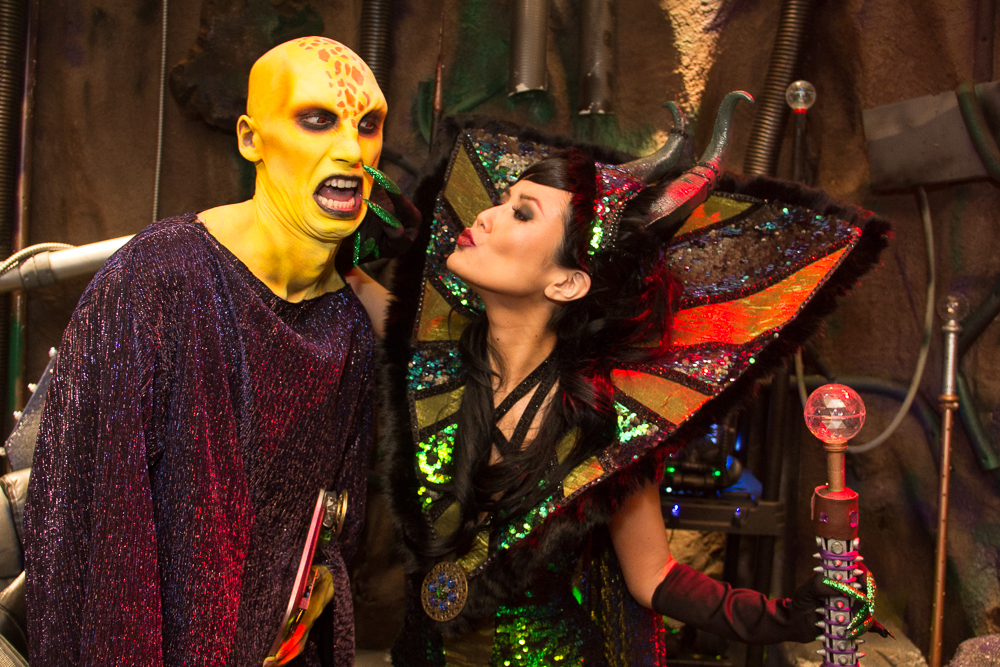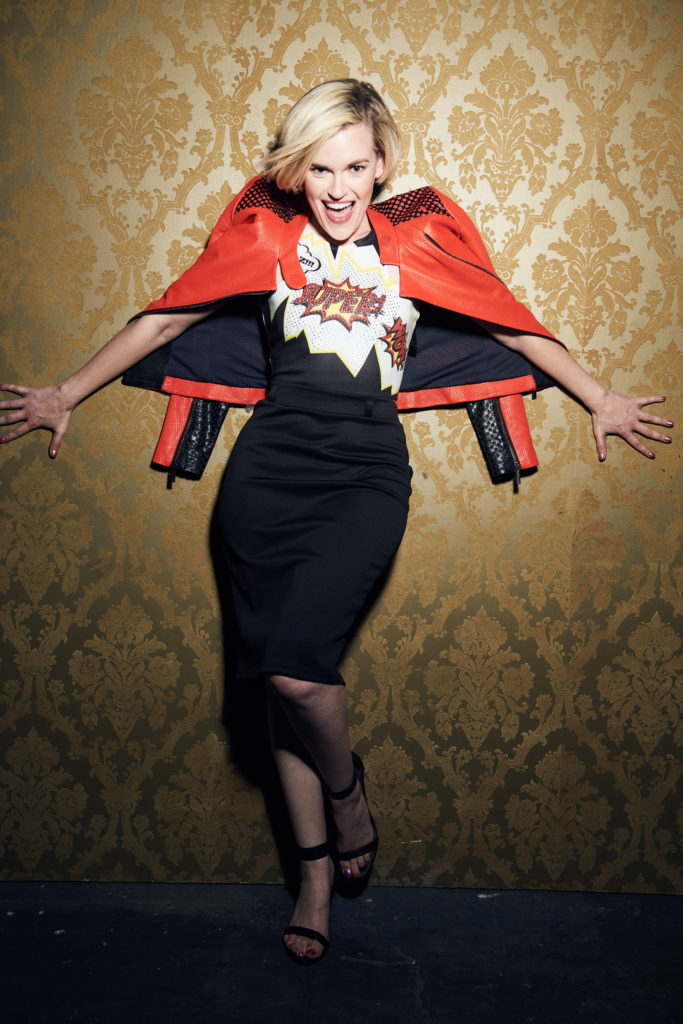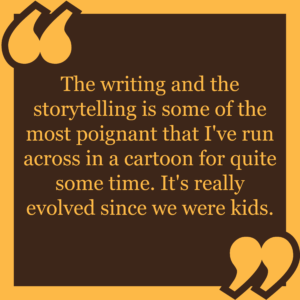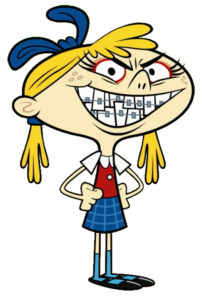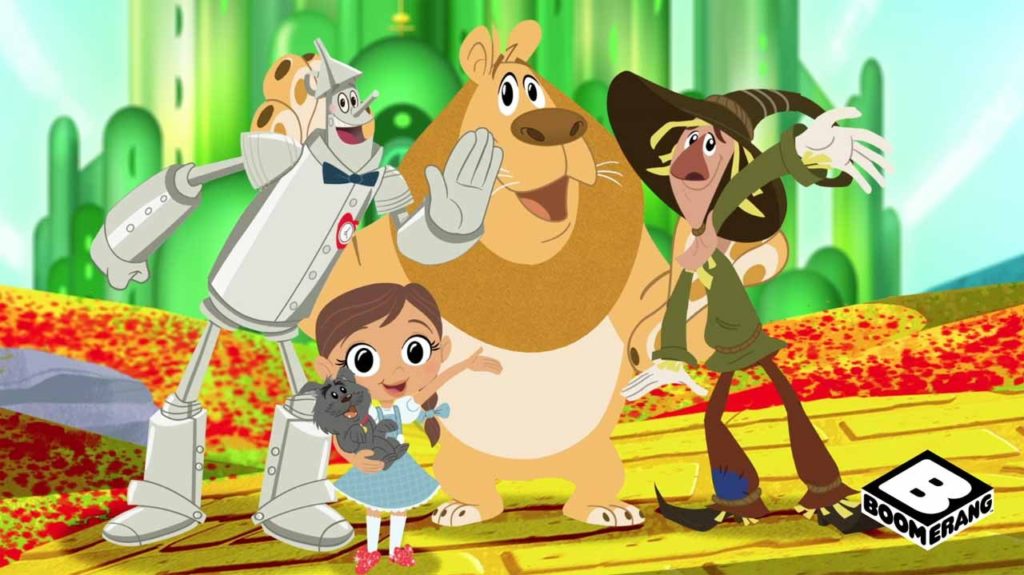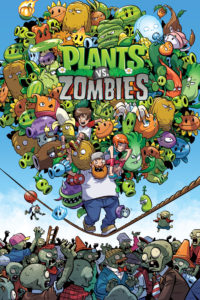 Name: Ron Chan
Name: Ron Chan
Website: www.ronchan.net
Favorite Comic Book Character Growing Up: Wolverine
Favorite Comic Book Character Now: Kamala Khan
Latest Work: (Title/Publisher/Release Date) “Plants vs. Zombies: Lawn of Doom”/Dark Horse/Oct 2017
TrunkSpace: How would you describe your art style?
Chan: I have no idea! I stay consistent within each project, but one of the things people have found surprising is that when they look at multiple projects of mine, or look through my sketches, is that I have a lot of different ways I like to draw. I love experimenting with a variety of techniques and aesthetics.
TrunkSpace: How important were comic books in your life growing up and is that where you discovered your love and inspiration for drawing?
Chan: I’ve drawn for as long as I can remember, and I think comics definitely had a lot to do with that. I honestly don’t know that I spent much time actually reading comic books, so much as I spent hours and hours looking at, and occasionally copying, the artwork.
TrunkSpace: Was there a particular artist or title from your childhood that you remember being drawn to and inspired by?
Chan: Around middle school it was definitely various artists from X-titles. I loved looking at Jim Lee’s art on “X-Men,” and then later, Chris Bachalo’s work on “Generation X” really appealed to me. In high school, I got really into artwork not from comics, but from video games – specifically, Capcom fighting games, like “Street Fighter.” The in-game art and the concept art (especially art by Capcom artists Bengus and Edayan) from these games remains, to this day, one of the biggest influences on my artwork.
TrunkSpace: How did you decide to approach your career in comics? Did you formulate a plan of how you wanted to attack what is known for being a hard industry to crack?
Chan: Yes and no as far as the plan. When I was graduating high school, I applied to two colleges: University of Oregon, where they have a good architecture program, and Savannah College of Art and Design, where they have a comic book major. After some thinking, I realized the only reason I was interested in architecture was because it involved drafting (and seemed like a lucrative career), but I didn’t actually care about buildings whatsoever. So I said, “Screw it! I’m going to art school!” and picked SCAD. I wasn’t even reading comics at the time – I just saw that they had a comics art program and thought it would be a good direction to go, since I was already drawing sort of comic-booky sketches all the time. Four years later, I had a degree in comics!
TrunkSpace: What was your biggest break in terms of a job that opened more doors for you?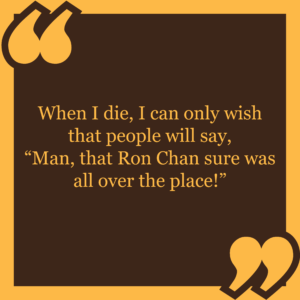
Chan: In terms of a single job, it was probably “Star Wars: Knights of the Old Republic” #42. Living in Portland, OR, I had gotten to know a lot of Dark Horse folks as I made my way into the Portland comics community. Now editor in chief Dave Marshall gave me my very first Dark Horse gig with this single fill-in issue of “Star Wars,” and it has led to me continued to work with Dark Horse for many years afterward, and to come.
TrunkSpace: A lot of people say that breaking into comics is the hardest part of working in comics. How long did it take you before you started to see your comic book dreams become a reality?
Chan: I was pretty fortunate, honestly. I grew up in Portland, OR, which has a thriving comics community, so after graduating from SCAD, I only had to return home to find a perfect city to make connections in the industry. I had the amazing luck to fall in with a studio full of artists that I am still part of. (Now called Helioscope, formerly called Periscope Studio, then called Mercury Studio) There, I found life-changing mentors in industry veterans like Steve Lieber, Jeff Parker, and Ron Randall, to name a few. They not only helped shepherd me into a professional life, but also actually hooked me up with jobs.
TrunkSpace: Is there a particular character or universe you always find yourself returning to when you’re sketching or doing warm-ups?
Chan: I usually do fan art when I’m sketching. I love drawing character from things I love – “Mass Effect,” “Star Wars,” “Hamilton,” “Street Fighter,” or whatever anime I’m watching.
TrunkSpace: Is there a specific title or character that you’d like to work on in the future and why?
Chan: Not really! I just want to keep getting interesting projects.
TrunkSpace: What is your ultimate dream when it comes to your career in comics? Where would you like your path to lead?
Chan: Continuing from the last question: I honestly don’t really have an ultimate dream for my career. I love variety, so I only hope to continue getting interesting and fun projects (that hopefully pay well!). When I die, I can only wish that people will say, “Man, that Ron Chan sure was all over the place!”
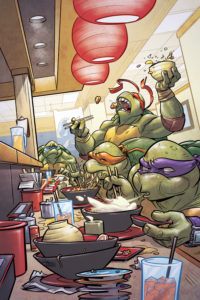 TrunkSpace: What would you say is the greatest strength as an artist?
TrunkSpace: What would you say is the greatest strength as an artist?
Chan: Probably that I try my best to be easy to work with. I almost always hit my deadlines and communicate well with my editors!
TrunkSpace: How has technology changed your process of putting ideas/script to page? Do you use the classic paper/pencil approach at all anymore?
Chan: It has changed my workflow entirely. I started with ink and paper like most everyone, but these days, I work 100 percent digital. It has made me a faster, more versatile, and braver artist.
TrunkSpace: What advice would you give another young aspiring artist who is considering a career in the comic industry?
Chan: Just make comics! Unless you are already an established badass illustrator, nobody will hire you to draw comics, if you haven’t demonstrated that you can draw comics. This isn’t necessarily going to work for everyone, but for most people, I like to say: start small. While you’re still developing early on, do some four-page comics. Do some eight-page comics. Don’t start that 300-page magnum opus you’ve been thinking about since you were 12. There is value in starting and finishing things. That being said, if your big story calls to you in a way that you cannot ignore? Go for it; whatever gets you drawing comics! Draw ‘em and put ‘em online!
TrunkSpace: Making appearances at conventions: Love it, leave it, or a combination of both?
Chan: Combination of both, for sure. I don’t do that many conventions – generally just ECCC in Seattle, RCCC in Portland, and then occasionally something else sprinkled in if circumstances make sense. It’s fun connecting with fans, and I love seeing other creators and friends from across the nation, but conventions are exhausting and take time away from actually drawing my projects.
TrunkSpace: What is the craziest/oddest thing you’ve ever been asked to draw as a commission?
Chan: I drew Hellboy taking a shit once.
TrunkSpace: What else can fans of your work look forward to in 2018?
Chan: I’ve got more “Plants vs. Zombies” comics on the schedule as well as secret OGN project in the future!


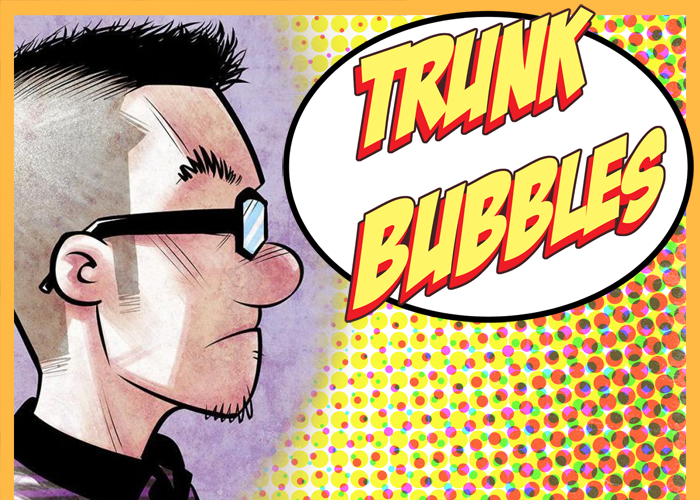
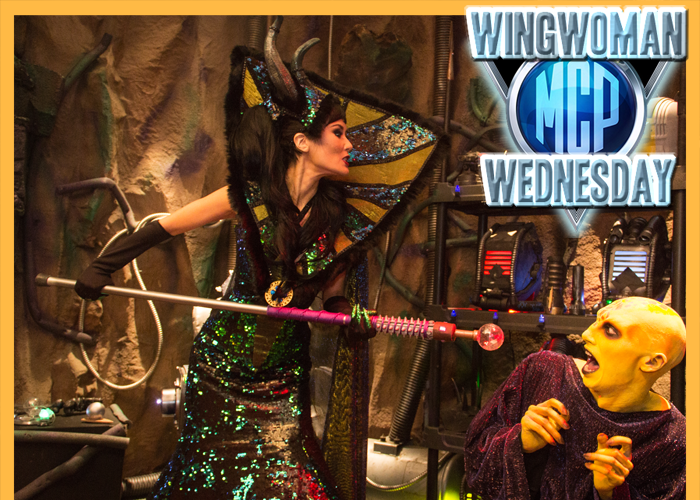
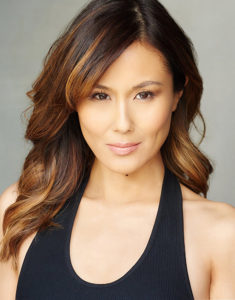 Welcome to the fourth installment of our MYSTIC COSMIC PATROL WEEK ongoing feature!
Welcome to the fourth installment of our MYSTIC COSMIC PATROL WEEK ongoing feature! I was sold immediately.
I was sold immediately.